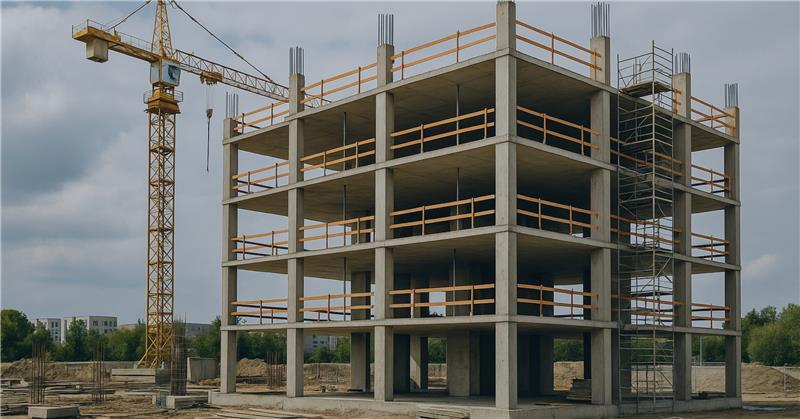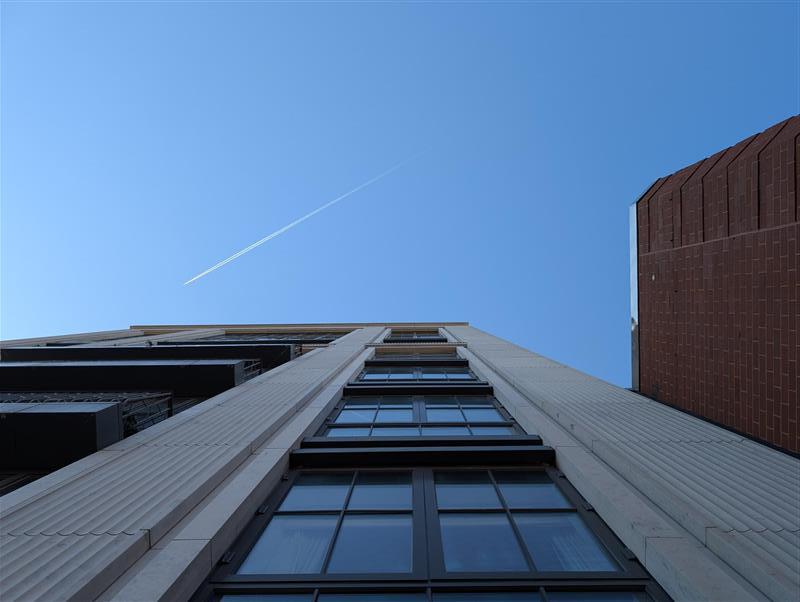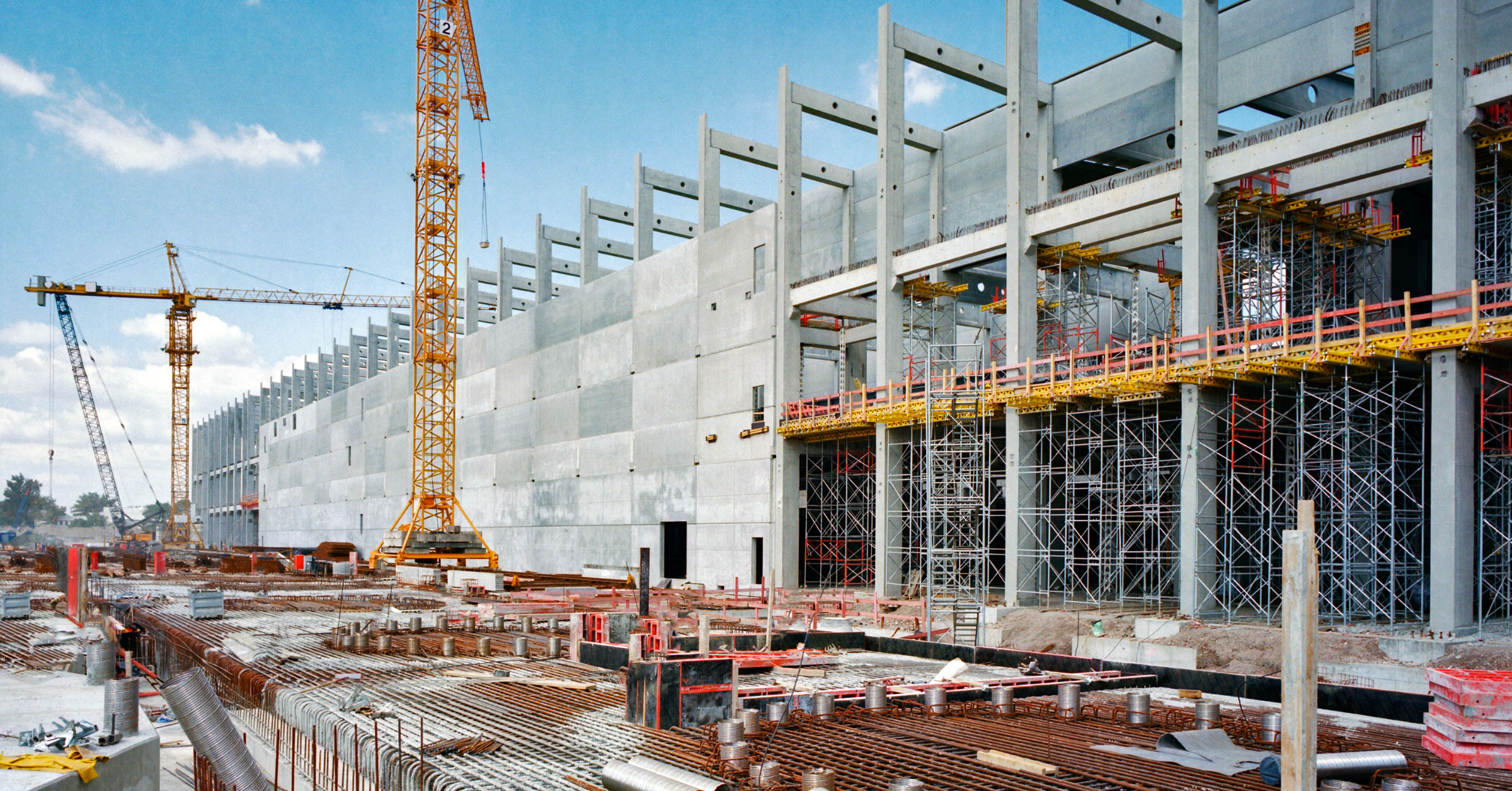The New Year also ushered in a new building code, and although the Department of Buildings (DOB) told us what was coming, the reality has created some unexpected obstacles.
We polled our filing reps and project managers about some of the leading challenges we’re seeing.
Water, Water, Everywhere: Flood Zones and What They Mean to You
We’ve covered this topic in previous articles, but we need to reiterate: even if you aren’t in a Flood Zone, the DOB thinks you are. The DOB is closely watching new flood zone requirements, so make sure you’re aware of them.
Remember that:
- The DOB is reviewing every plan as if it were in special flood zone.
- The Flood Zone Compliance Special Inspection has been added to requirements.
Consequently, all filings need to include the following:
- The Preliminary FIRM Map (2013)
- The FEMA Flood Map (2007)
- The statement: “Property is not in SFHA” (assuming it isn’t, naturally)
If it seems like a lot of unnecessary forms, consider that the DOB may simply be ahead of its time.
High-Rise Buildings: If You’re Going Big, You’re Using the New Code
If your project encompasses more than 110% of the original building (we realize this sounds odd, but if you add more floors to a building, you can get to 100% quickly), those changes cannot be filed as an Alteration Type 1. These projects must be filed under the new 2014 Building Code.
TR1: We Hardly Knew Ye
The Technical Report: Statement of Responsibility (TR1) got a makeover this year, and if you don’t pay attention to the details, you could get burned.
Three new inspections have been created, and many others have been renamed. So triple-check those TR1 forms.
The most common issue with these new forms involves structural steel. Per the DOB, “Structural Steel Details (BC §1704.3.2) and Structural Steel High Strength Bolting are now two separate Special Inspection categories on the 2014 Code TR1.”
In other words, the DOB is looking much more closely at structural steel drawings, so make sure your submitted drawings are adequately detailed.
New Energy Code: Let the Light Shine
Technically, this is a different code, but it’s important to remember:
- The new Energy Code requires modifications that promote the use of daylight for lighting to reduce electricity use.
- Ventilation Air Volume (VAV) systems require more efficient fans, resulting in low-static systems with larger air handling units and smaller motors, fewer duct returns or shorter duct runs.
So open up your office and let the sunshine in. (Seriously, it’s required.)
For any additional questions or comments on how the new codes might affect your projects, please contact Milrose Consultants.






